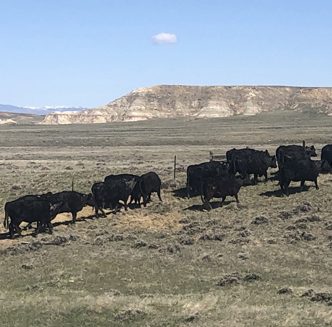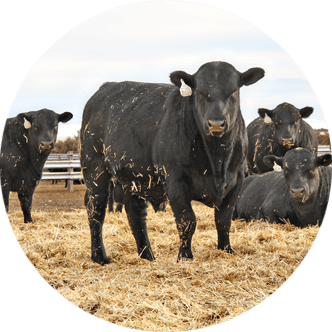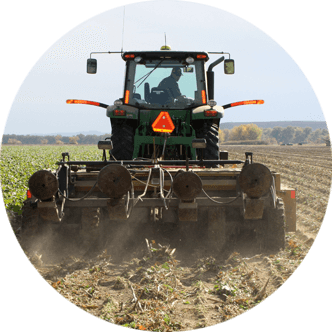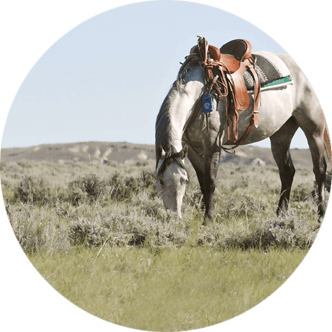Extension Education: Take Time When Tagging
Springtime means calving in Wyoming, and for a lot of ranchers, this also means putting ear tags in the babies.
Ear tags were created for animal use in 1799 to identify King George III’s sheep. Using ear tags as a source of breed identification in cattle began as far back as 1895. Ear tags have served many purposes since then, from identifying cattle for tuberculosis testing to current traceability measures with electronic identification tags.
Ear tags can provide animal identification, lineage, birthdates or any other information pertinent to the ranch.
Knowing how to properly place the ear tag can help minimize animal distress and cost of replacing lost tags.
Proper tagging procedure
The first step in proper ear tagging procedure is having the correct tagger for the type of tag one is using.
There are a variety of tags and backs which fit differently in different applications. Ear tags come in two-piece tags, one-piece tags and electronic identification tags. Different brands of tags may require a specific tagger for the specific brand.
Additionally, making sure the tagger is in good working order, easy to squeeze and free of rust is important.
Another critical component of proper tagging is good hygiene.
According to Merck Animal Health, tagging can spread bacteria and viruses such as papillomavirus – warts – and bovine leucosis – blood-borne infection.
Cleaning taggers with alcohol or other disinfectants between tagging can reduce the risk of disease spread.
When working with calves, it is important to keep them away from the mother cow to prevent interference. Anyone who has dealt with a feisty mama cow knows keeping her clear of them and the calf for personal safety reasons is imperative.
Also, keeping the mother away helps protect the calf’s ear during tagging by having time to carefully and correctly place the tag.
This will help prevent ear problems and tag loss later on.
Additionally, knowing the front and back of the tag versus the tagger direction can help prevent frustration from backward tag placement, which can be easy to do when in a hurry.
When tagging older animals or putting in replacement tags, having the animals restrained in a chute is optimal, allowing for easier access to the ear while also keeping the person tagging the animal safer.
Significance of correct placement
Correct placement of an ear tag is significant for several reasons.
Ears can get infected by improper placement, and tags can snag and rip out if placed too close to the edges of the ear.
When placing a tag, feel the ear for the two large parallel veins and avoid them. Also, avoid the cartilage ridges in the middle of the ear. Hitting the veins will cause bleeding and hitting the cartilage can cause infection or deformation.
Place tags in the middle of the ear as opposed to close to the edges.
Make sure the tag can spin freely after being placed in the ear to avoid painful pinching to the calf.
If a tag is placed incorrectly or begins to cause infection or a drooping ear, remove the tag and consult a vet. The wounds can be slow to heal. Tagging on the cartilage ridges has shown association with wound lesions which can take a long time to heal.
When administered correctly, ear tags are a safe, inexpensive way to track a cattle herd. Taking time to tag properly will pay off in the long run.
Sara Fleenor is the University of Wyoming Extension agriculture and natural resources educator serving Crook County. She can be reached at sfleenor@uwyo.edu or 307-283-1192.





